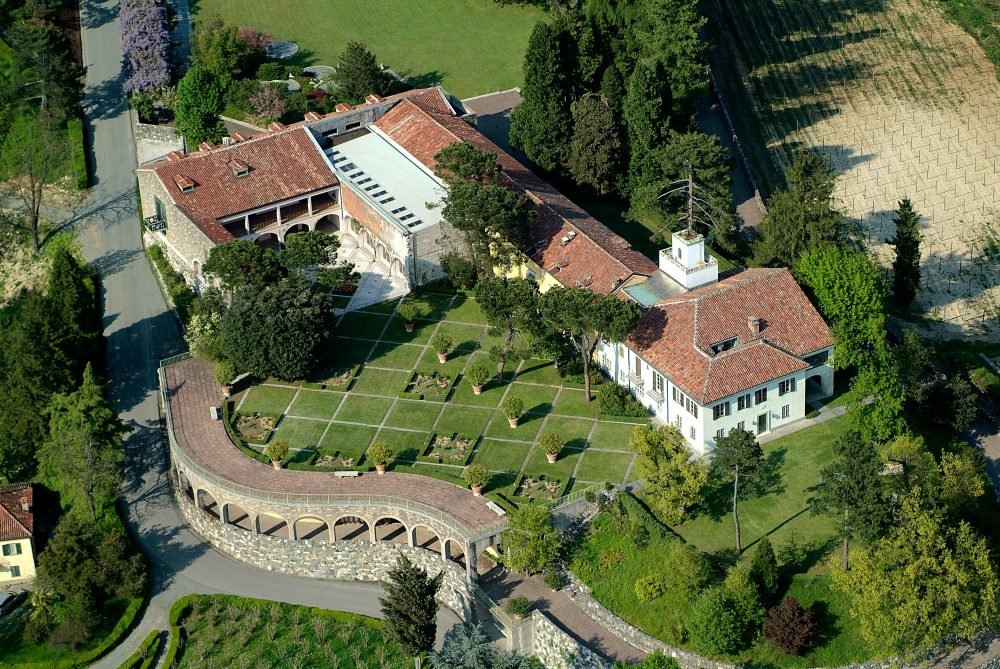Villa Ottolenghi is the only example in Italy of close collaboration between architects, painters, sculptors and patrons to create a stately home characterised by the presence of important works of art.
In 1920, Counts Ottolenghi, Arturo and Herta von Wedekind zu Horst, entrusted the design of Villa Ottolenghi first to Federico d’Amato and then to the famous architect Marcello Piacentini. The Ottolenghis’ patronage brought a large number of artists to Monterosso: Ferruccio Ferrazzi, Fortunato Depero, Adolfo Wildt, Libero Andreotti, Fiore Martelli, Arturo Martini, Rosario Murabito, Venanzo Crocetti and Ferruccio Ferrazzi. It was at Villa Ottolenghi that Arturo Martini produced and brought some of his most important works, including “Il Tobiolo, Adamo ed Eva, i Leoni di Monterosso…”. Upon the death of the Counts, their son Astolfo undertook the completion of the villa and its park, designed by Pietro Porcinai.
Surrounding the villa are the formal garden, the well, the studios, the cistern, the graffiti, the wisteria pergola, the swimming pool and the cellar, all stages of a journey that surprises with its attention to detail, featuring small wrought iron masterpieces such as mushrooms, turtles, birds and snails.
